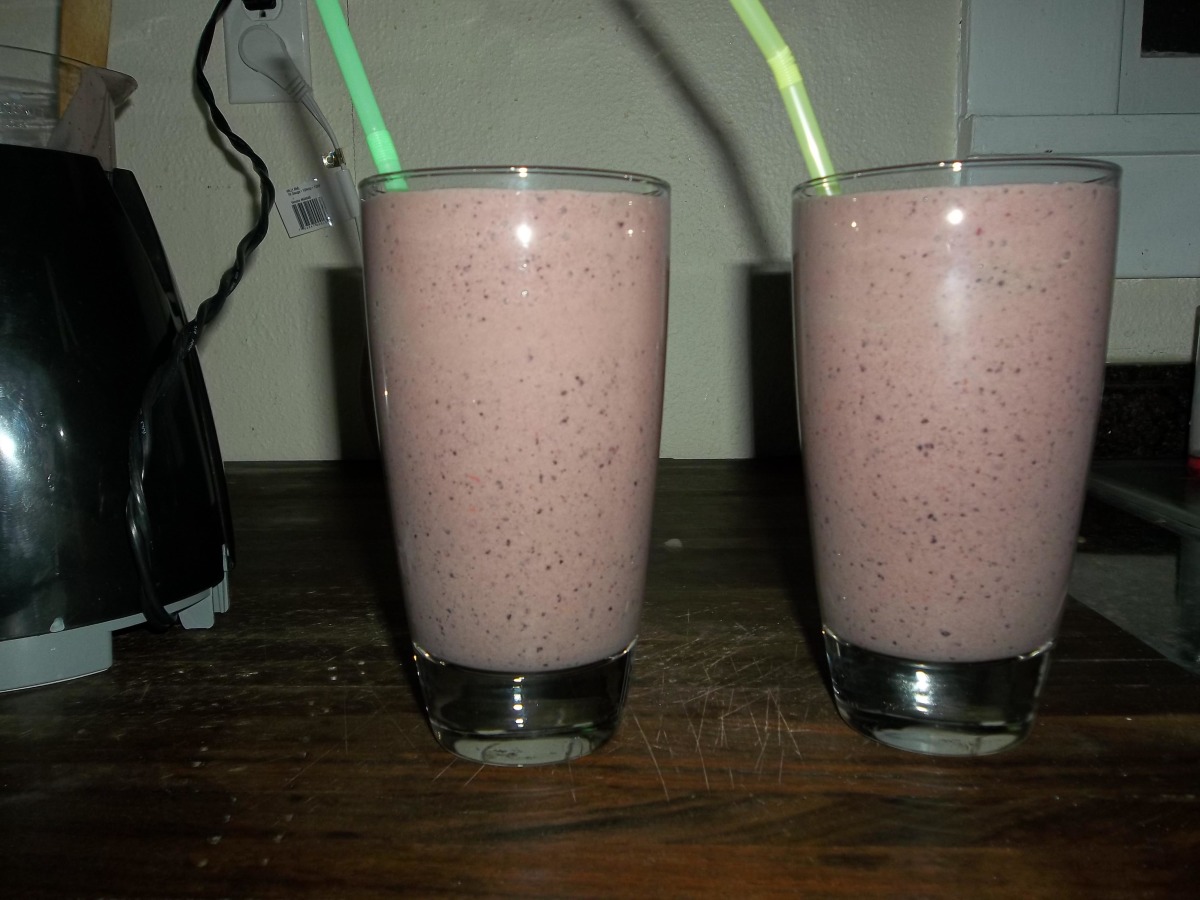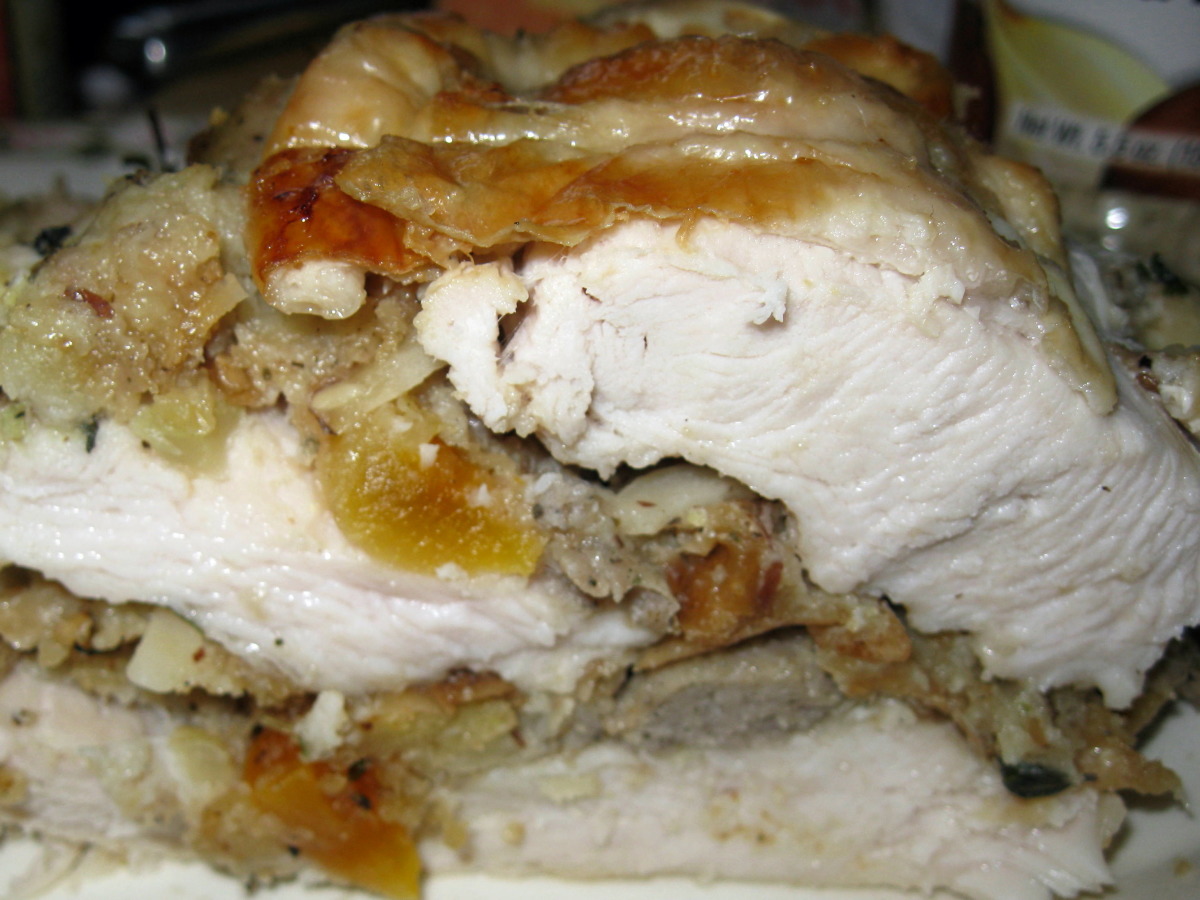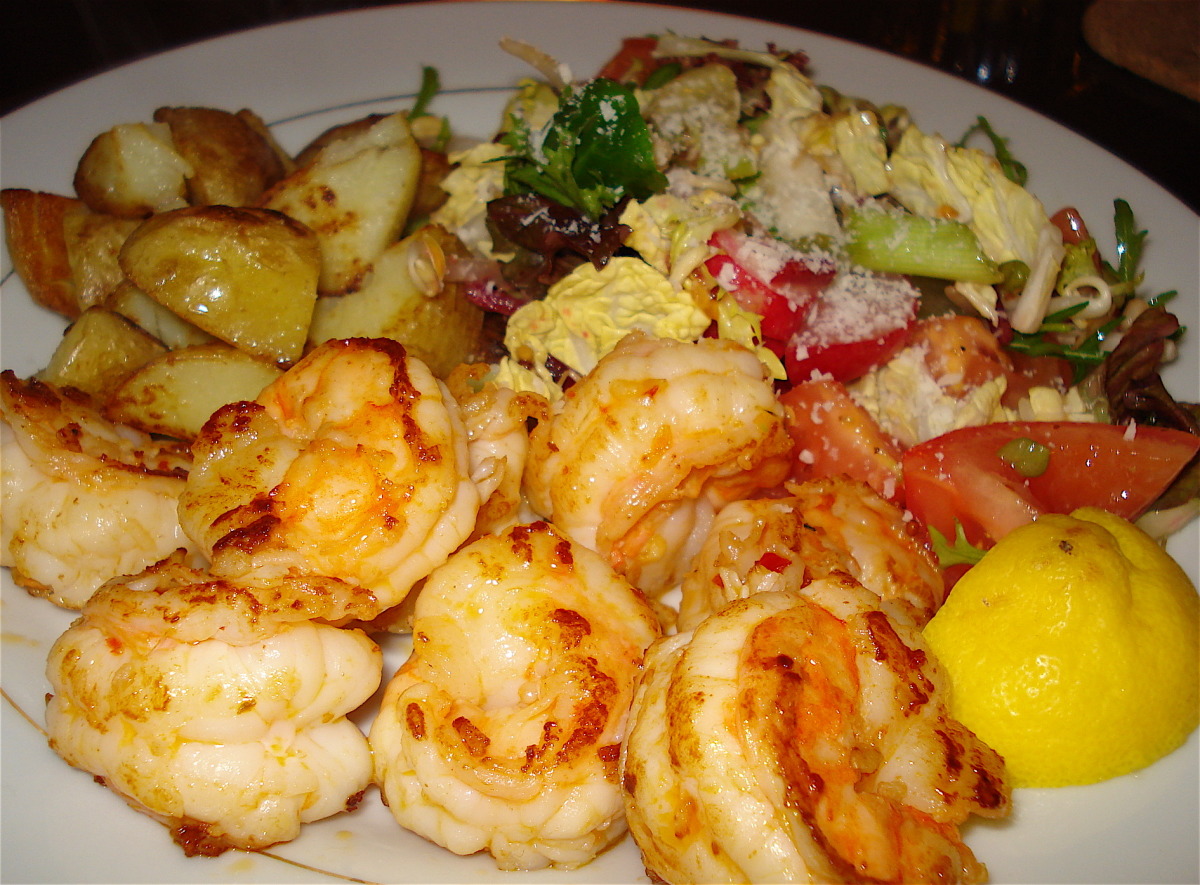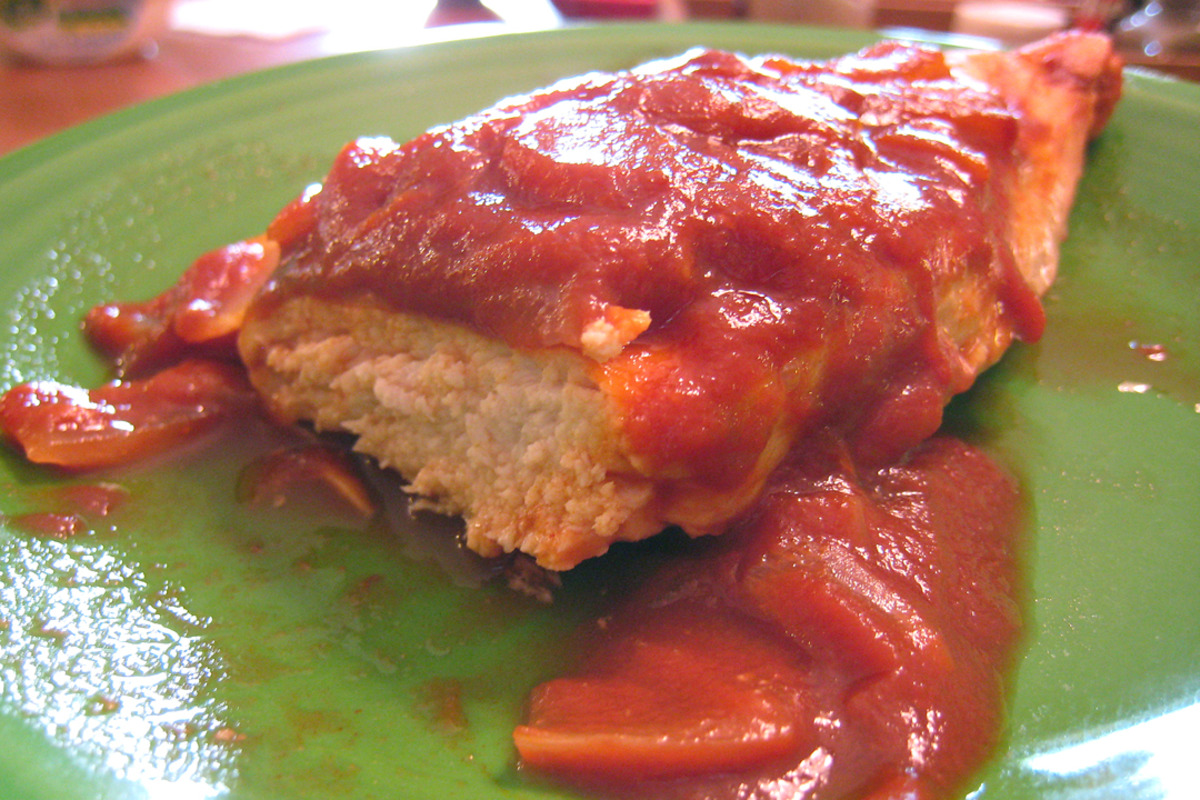**Bibimbap: A Journey Through Flavors and Textures**
Bibimbap, a celebrated Korean dish, is a vibrant symphony of flavors, textures, and colors. This iconic rice bowl offers a delightful canvas of ingredients, each contributing its unique charm to create a harmonious masterpiece. From the fluffy white rice as the foundation to the colorful array of toppings, bibimbap is a feast for both the eyes and the palate. This article presents a collection of bibimbap recipes that explore different variations of this beloved dish, each offering its own distinctive twist on the classic. Discover the joy of creating your own bibimbap at home and embark on a culinary journey that promises an explosion of flavors and a satisfying meal.
THE BEST DOLSOT BIBIMBAP RECIPE

How to Make Dolsot Bibimbap with or without a Korean stone bowl
Provided by Sue | My Korean Kitchen
Categories Main
Time 55m
Number Of Ingredients 22
Steps:
- Prepare and cook ingredients as below.- In a bowl, combine the meat with the marinade. Cover the bowl and leave it in the fridge while you are working on other the ingredients. When ready, Add some cooking oil into a wok and cook the meat on medium high to high heat. It takes about 3 to 5 mins to thoroughly cook it.- Prepare the Korean cucumber side dish, fernbrake side dish and bellflower root side dish per the linked recipes. These can be prepared on a different day to save your bibimbap making time.- Separately sauté carrots, zucchini and mushrooms in a frying pan. Season them lightly with fine sea salt.- Mix the bibimbap sauce ingredients in a small bowl. Set aside.- Pan fry the eggs per your preference. (Sunny side up is a popular choice.)
- Preheat an oven for 10 minutes at 220 C / 428 F. Once heated, place your stone bowl into the oven. Leave it there for 10 minutes. 10 minutes later, take it out. Drop in some sesame oil (about 1 Tbsp per medium size bowl) and brush it around. Quickly assemble your bibimbap ingredients inside the hot stone bowl. First you will have to lay down the rice. Make sure you flatten it well. Then add the meat, assorted vegetables, and the egg on top of the rice. Transfer the hot stone bowl onto the gas stove and cook it for 5 minutes over low heat. You will hear the rice crackling noise. Remove from the heat.
- Pour the bibimbap sauce into the hot stone bowl and mix all the ingredients well. Serve.
Nutrition Facts : Calories 529 kcal, Carbohydrate 56 g, Protein 11 g, Fat 22 g, SaturatedFat 3 g, Cholesterol 15 mg, Sodium 2027 mg, Fiber 2 g, Sugar 6 g, ServingSize 1 serving
BIBIMBAP

Bibimbap is a Korean rice bowl topped with vegetable sides and meat and served with a gochujang sauce. Follow my easy step-by-step recipe to make the best bibimbap!
Provided by Hyosun
Categories Main Course
Time 55m
Number Of Ingredients 27
Steps:
- Cook the rice, without soaking and using a little less water than the amount you normally use. The rice for bibimbap should be a little drier than usual for best results.
- Beef: Cut into thin 2-inch long strips. Mix in 1.5 tablespoons of soy sauce, 2 teaspoons of sugar, 2 teaspoons of sesame oil, 2 teaspoons of rice wine, 1 tablespoon of chopped scallion, 1 teaspoon minced garlic, 1/2 sesame seeds and a pinch of pepper. Marinate for 20 minutes. Sauté in a skillet for 2-3 minutes over high heat.
- Bean sprouts: Bring 2 cups of water to a boil. Add the bean sprouts and briefly blanch, about 1 minute, flipping over once. Drain quickly and shock in cold water to stop cooking. Drain again. Toss with 1/2 teaspoon of minced garlic, 1 teaspoon of sesame oil, 1/2 teaspoon of sesame seeds, and salt (about 1/2 teaspoon).
- Spinach: Blanch the spinach in salted boiling water only until wilted, about 40 seconds. Drain quickly and shock in cold water. Squeeze out water. Cut into 3-inch lengths. Toss with 1 tablespoon of chopped scallion, 1/2 teaspoon minced garlic, 1 teaspoon of sesame oil, 1/2 teaspoon of sesame seeds and salt (about 1/2 teaspoon).
- Cucumbers: Cut the cucumbers in half lengthwise and then thinly slice crosswise. Generously sprinkle salt (about 1/2 teaspoon) over sliced cucumbers and set aside for 10 - 15 minutes. Squeeze out excess liquid. Toss with 1 tablespoon of chopped scallion, 1/2 teaspoon minced garlic, 1 teaspoon sesame oil and 1/2 teaspoon of sesame seeds.
- Mushrooms and carrots: Thinly slice the mushrooms and carrots. Sauté each vegetable in a lightly oiled skillet for 1 - 2 minutes over medium-high heat, sprinkling with salt (about 1/4 teaspoon).
- Kongnamul (Soybean sprouts): Bring 2 cups of water to a boil. Add the soy beansprouts and boil for 2-3 minutes. Drain quickly and shock in cold water to stop cooking. Drain again. Toss with 1/2 teaspoon of minced garlic, 1 teaspoon of sesame oil, 1/2 teaspoon of sesame seeds, and salt (about 1/2 teaspoon) to taste.
- Musaengchae (spicy radish salad): Cut 10 ounces of Korean radish (mu) into matchsticks. Add 2 tablespoons of chopped scallion, 1 tablespoon of gochugaru, 1 teaspoon minced garlic, 1/2 teaspoon salt (or more to taste), 1 teaspoon sugar, and 1 teaspoon sesame seeds. Mix everything well.
- Fry the eggs sunny side up or to your preference.
- Combine all of the sauce ingredients in a small bowl and mix thoroughly.
- Place a serving of rice in a big bowl. Nicely arrange a small amount of each prepared vegetable and beef over the rice. Drizzle a little sesame oil over. Top with an optional fried egg and serve with the sauce.
- For dolsot bibimbap: Lightly oil a stone or earthenware bowl with a teaspoon of sesame oil over medium heat. Add a serving of cooked rice and arrange the toppings on top. Cook for several minutes until the rice sizzles.
BIBIMBAP (KOREAN RICE WITH MIXED VEGETABLES)
Along with kimchi, bibimbap takes its place among the favored foods in Korean cuisine. Literally meaning 'mixed rice,' it's a popular meal consisting of white rice topped with vegetables, beef, a whole egg, and gochujang (red chili pepper paste). For those who cannot handle the spiciness (like our children), you can substitute with soy sauce or Sriracha (rooster sauce) in place of it.
Provided by mykoreaneats
Categories World Cuisine Recipes Asian Korean
Time 1h
Yield 4
Number Of Ingredients 15
Steps:
- Stir cucumber pieces with 1/4 cup gochujang paste in a bowl; set aside.
- Bring about 2 cups of water to a boil in a large nonstick skillet and stir in spinach; cook until spinach is bright green and wilted, 2 to 3 minutes. Drain spinach and squeeze out as much moisture as possible; set spinach aside in a bowl and stir soy sauce into spinach.
- Heat 1 teaspoon olive oil in large nonstick skillet and cook and stir carrots until softened, about 3 minutes; stir in garlic and cook just until fragrant, about 1 more minute. Stir in cucumber pieces with gochujang paste; sprinkle with red pepper flakes, and set the mixture aside in a bowl.
- Brown beef in a clean nonstick skillet over medium heat, about 5 minutes per side, and set aside. In a separate nonstick skillet, heat 1 more teaspoon olive oil over medium-low heat and fry the eggs just on one side until yolks are runny but whites are firm, 2 to 4 minutes each.
- To assemble the dish, divide cooked rice into 4 large serving bowls; top with spinach mixture, a few pieces of beef, and cucumber mixture. Place 1 egg atop each serving. Drizzle each bowl with 1 teaspoon of sesame oil, a sprinkle of sesame seeds, and a small amount of gochujang paste if desired.
Nutrition Facts : Calories 569.2 calories, Carbohydrate 63 g, Cholesterol 242.9 mg, Fat 19.3 g, Fiber 4.4 g, Protein 34.9 g, SaturatedFat 5 g, Sodium 573.9 mg, Sugar 6.6 g
BIBIMBAP

Bibimbap (BEE-beem-bop): One of the most popular dishes in Korean cuisine, bibimbap is a nutritious rice dish of steamed rice and pre-cooked vegetables (usually spinach, bean sprouts, carrots, mushrooms, egg and lettuce. It can also contain ground beef but can be ordered without meat. Dolsot bibimbap is the same dish served in a hot stone pot (the pot is pre-heated in oven) to make the rice on the bottom crunchy and to keep the dish hot for a longer time. Bulgogi (BULL-go-ghee): Literally meaning "fire meat", bulgogi is thinly sliced, usually rib-eye or sirloin, marinated grilled meat. Gochuchang (GOH-choo-jang) paste: spicy red pepper paste sold either in glass jars or plastic containers that can be purchased at any Korean or Asian food market.
Provided by Food Network
Categories main-dish
Time 2h40m
Yield 4 servings
Number Of Ingredients 26
Steps:
- *Cook's Note: This can be done in a regular bowl or a hot stone bowl. If it's in a hot stone bowl, the rice becomes crunchy because it's still cooking.
- Put cooked rice in large slightly shallow bowl. Place bulgogi (with juices from cooked meat) and veggies on top of rice but place separately so you can see each ingredient beautifully placed on rice. Put egg on top. Sprinkle with sesame seeds and drizzle with sesame oil and soy sauce.
- When ready to eat, mix all ingredients together with some gochuchang paste, to taste. The bibimpap should be moist and not dry. Add more sesame oil and gochuchang paste, to taste.
- Place rib-eye in freezer for about 30 minutes so that it is easier to thinly slice. When partially frozen, remove from freezer and thinly slice. Set aside.
- Whisk together all the marinade ingredients in a large baking dish. Add the thinly sliced beef and turn to coat. Cover and refrigerate for at least 1 hour or overnight; it is best if marinated overnight.
- Heat grill to high. Remove beef from marinade and grill for 1 to 2 minutes per side. Remove from heat and set aside until ready to compile Bibimbap.
- Gochuchang Paste (seasoned red pepper paste):
- 4 tablespoons gochuchang (available at Korean grocers)
- 1 tablespoon sugar
- 2 teaspoons sesame oil
- Combine all ingredients in a small bowl. Mix well.
BI BIM BOP
Bi Bim Bop is a traditional Korean dish served in a hot stone bowl. I served a year at Osan AB, ROK and fell in love with this dish. I've tried many reciped from the internet and various Korean inspired books. This is my favorite, with some small changes that I felt needed to be included.
Provided by Trunzoc
Categories Korean
Time 2h20m
Yield 4 serving(s)
Number Of Ingredients 21
Steps:
- Make a marinade for the beef. Mix the soy sauce, garlic, sugars, green onions, sesame seeds, salt, & pepper in a bowl. Add the sliced beef to the marinade and toss until themeat is well coated. Marinate it for at least 2 hours is the fridge, overnight of possible.
- Preheat an oven to 425 degrees and place 4 Korean-style stone bowls in oven.
- Start cooking your rice.
- Combine shiitake mushrooms and 1/2 cup hot water in a bowl. Allow the muchrooms to soak for 10 minutes, they should then be soft. Cut off the stems and throw them away. Cut the caps into thin slices & set aside.
- Bring a saucepan with about 1/2 cup water to a boil. Add spinach to the water just long enough to wilt the leaves, under 1 minute. Drain & pat dry then set aside for later.
- Combine cucumber and carrots in a bowl. Season with salt and pepper. Set aside for later.
- Preheat a wok or large skillet over medium-high heat.
- Cook carrots and cucumbers in 1 tablespoon of sesame oil. Stir frequently until softened, about 3 minutes. Remove from pan and set aside for later.
- Add 1 tablespoon of sesame oil to the pan, and cook spinach in sesame oil for 2 minutes. Remove from pan and set aside for later.
- Add the meat and all of the marinade to the wok/skillet. Cook for about 5 minutes, stirring frequently. The liquid should reduce by 1/2.
- Take the stone bowls out of the oven. BE CAREFUL, THEY ARE HOT!
- Coat each bowl with sesame oil then add 1 cup of the rice into each bowl. press the rice firmly into the bottom. Listen for the sizzle. That means the bowl is telling you it's hot enough.
- Top each bowl of rice with the cucumbers, carrots, bean sprouts, spinach, mushrooms, & beef.
- Just before you serve the bowls, place a raw egg yolk on to of each bowl, drizzle with 1 tablespoon of sesame oil, and top with nori. I've had the Bi Bim Bop with a fried egg on top instead of the raw yolk, so if you are scared of raw eggs, go that route.
- Serve the chili bean paste (Kochujang) in a small bowl on the side.
- To eat, simply add Kochujang to taste, then stir everything together with a soup spoon making sure to be careful of the hot bowl.
Nutrition Facts : Calories 1503.3, Fat 54.6, SaturatedFat 15.4, Cholesterol 265.9, Sodium 1546.9, Carbohydrate 208.6, Fiber 11.8, Sugar 42.2, Protein 44.6
SHEET-PAN BIBIMBAP

Bibimbap, the Korean mixed rice dish, is a kaleidoscope of flavors and textures. The popular dish has multiple origin stories and, like banchan and kimchi, many variations. Cooks who ordinarily keep namul (seasoned vegetable) banchan in the fridge may add them to a bowl with leftover rice and seasonings like spicy-sweet gochujang and nutty sesame oil, for example. Or, if starting their bibimbap from scratch, some may prep each component separately. But here's a fun way to accomplish everything at once: Roast a melange of bits and bobs on one sheet pan as rice heats and eggs oven-fry on another. The caramelized sweet potato and salty kale in this formula come highly recommended, but you can use any vegetables on hand, reducing cook times for delicate options such as spinach, scallions or asparagus.
Provided by Eric Kim
Categories dinner, quick, weeknight, grains and rice, main course
Time 35m
Yield 4 servings
Number Of Ingredients 11
Steps:
- Position racks in the top and bottom thirds of the oven and heat oven to 450 degrees.
- On a large sheet pan, arrange the mushrooms, sweet potato, red onion and kale into four separate quadrants. Drizzle the vegetables with 3 tablespoons of the olive oil, season with salt and pepper, and toss to coat, keeping the types of vegetables separate. Try to not crowd the vegetables; you want them to brown, not steam. Roast on the top rack until the sweet potato is fork-tender, the onion and mushrooms are slightly caramelized and the kale is crispy but not burnt, 20 to 25 minutes.
- Meanwhile, place another large sheet pan on the bottom rack to heat. When the vegetables are almost done cooking, in the last 5 minutes or so, remove the heated pan from the oven and evenly drizzle the remaining 3 tablespoons of olive oil on it. Spread the rice over half of the pan. Crack the eggs onto the other half and carefully transfer to the oven. Bake until the whites are just set and the yolks are still runny, 3 to 6 minutes (this time may vary depending on your oven, so watch it carefully).
- To serve, divide the rice evenly among four bowls. Now divide the vegetables evenly as well, placing them in four neat piles over each portion of rice. Use a spatula to slide the eggs over the vegetables. Drizzle each bowl with 1 teaspoon of sesame oil and dollop with 1 teaspoon of gochujang, adding more if desired. Mix everything together with a spoon or chopsticks before diving in, and serve kimchi alongside, if you prefer.
Tips:
- Mise en place: Before you start cooking, make sure you have all of your ingredients and tools ready to go. This will help you stay organized and prevent any scrambling.
- Use fresh, high-quality ingredients: The fresher your ingredients are, the better your bibimbap will taste. If you can, try to use organic or locally sourced ingredients.
- Cook your rice perfectly: The rice is the foundation of bibimbap, so it's important to cook it perfectly. Be sure to rinse the rice well before cooking, and use the correct amount of water. If you're not sure how to cook rice, there are plenty of online resources that can help you.
- Use a variety of toppings: The more toppings you use, the more flavorful your bibimbap will be. Some popular toppings include beef, chicken, pork, vegetables, and eggs. You can also add a fried egg or a dollop of gochujang (Korean chili paste) for extra flavor.
- Mix it all together: Once you've added all of your toppings, it's time to mix it all together. Use a spoon or chopsticks to stir everything until it's evenly combined.
Conclusion:
Bibimbap is a delicious and versatile Korean dish that can be made with a variety of ingredients. It's a great way to use up leftover rice and vegetables, and it's also a healthy and satisfying meal. If you're looking for a new and exciting dish to try, give bibimbap a try. You won't be disappointed.
Are you curently on diet or you just want to control your food's nutritions, ingredients? We will help you find recipes by cooking method, nutrition, ingredients...
Check it out »
You'll also love








.jpg)


